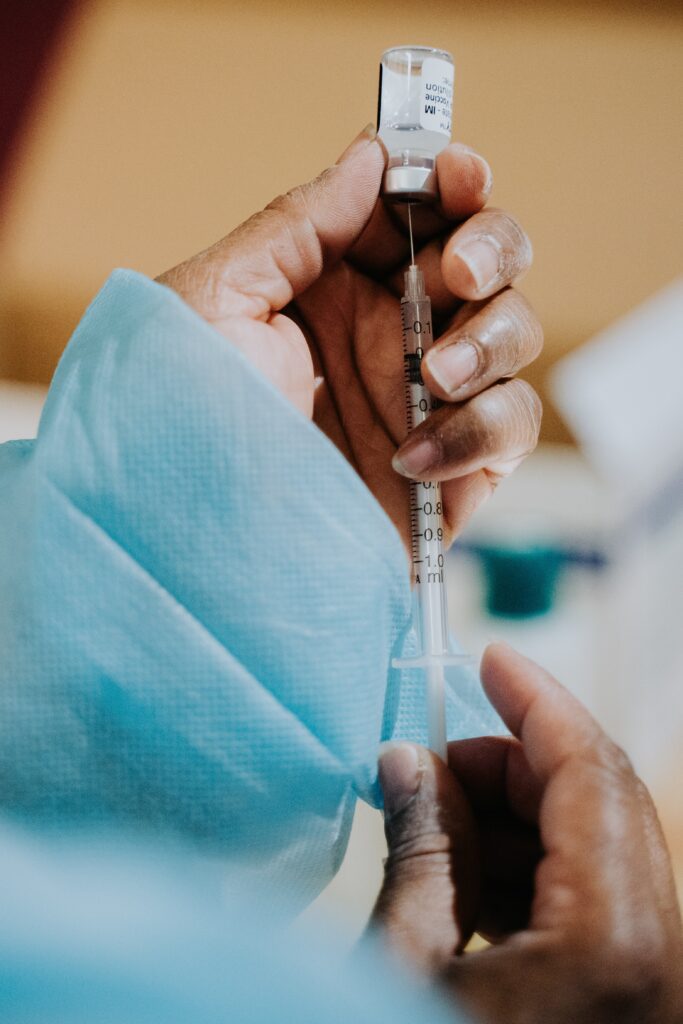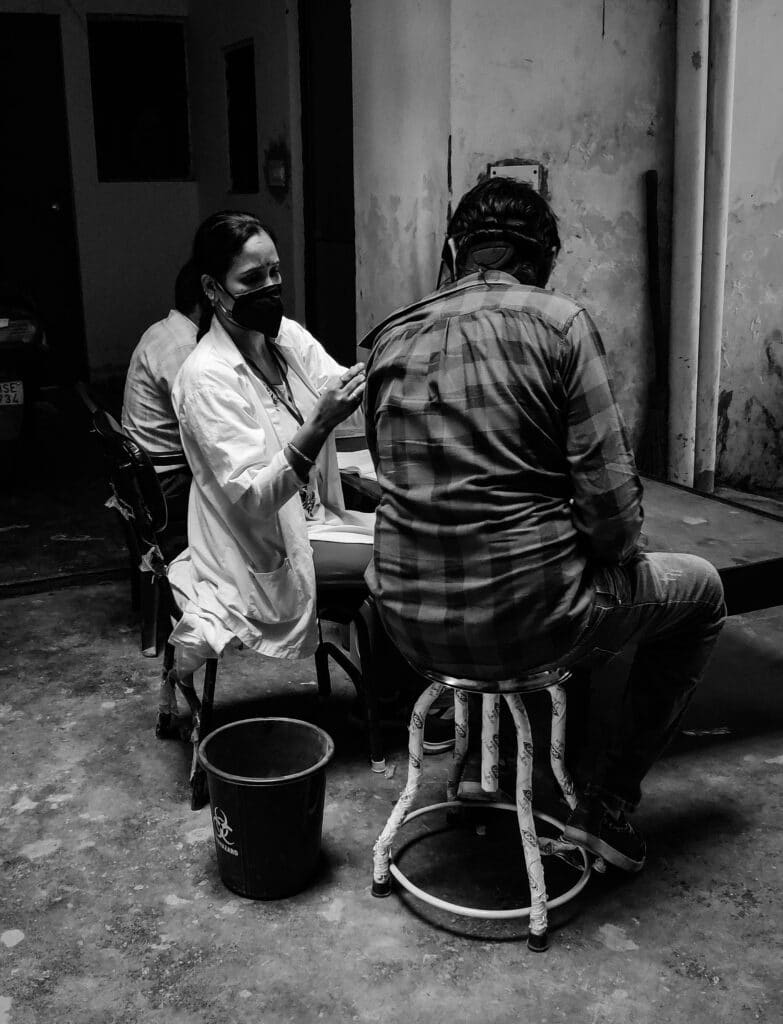The disinformation about the pandemic and the lack of access to the vaccine, due to the great distances that separate the indigenous communities from the health centers, is the greatest problem affecting the Amazonian communities and puts their survival at risk. Despite the fact that, in the last few weeks, there has been an improvement in mortality and morbidity rates due to Covid-19 in the Amazon region, the UN agency reports that the authorities are still on alert because the pandemic continues to be a threat and misinformation about the disease and vaccines persists in the indigenous territories.
Lack of information, long distances and difficulties
Among the many problems they face to have access to vaccines is the great distance between the indigenous communities and the urban health centers where they are administered. To get there, the community members have to travel for days through bridle roads and rivers, which requires economic resources for fuel, but also puts them at risk.
This is the case of sixteen Yagua Indians from the Siete de Agosto community, one of the most remote regions in the Colombian Amazon. “They raised money to buy 10 gallons of gasoline needed to navigate the Atacuari River to its mouth in the Amazon. Their goal: to reach the municipality of Puerto Nariño where they could make progress on their journey to get vaccinated against Covid-19,” describes the UN agency.
In May, Teófilo was infected with the virus and, as he says, “it almost took me to the grave”. In order not to repeat this tragedy that put his life at risk, once he learned that they were vaccinating in Puerto Nariño, he did not want to wait for the health brigade to arrive in his community. Without thinking twice, together with family and friends, he decided to embark on a two-hour river crossing to receive this safeguard against Covid-19.
However, this is not the case in other nine non-municipalized areas of the Colombian Amazon where Ticunas, Uitotos, Muinanes, Ocainas, Yaguas, Cocamas and Boras, among other indigenous tribes live.
In the case of Bolivia, indigenous representatives recently asked the authorities to provide information, transportation, and access to vaccines in the areas where they live, particularly for the elderly.

“The reality of our communities is that there are people who do not have even a single peso to buy food, not to mention money to spend on transportation to the vaccination centers,” explained Roni Ribera, Chiquitano chief and member of the Confederation of Indigenous People of Eastern Bolivia, CIDOB.
Request to the authorities
Many indigenous people have limitations for their transportation to the inoculation centers and getting there implies costly expenses and facing great risks for them. For that reason, there was a request from representatives of the lowland communities to implement a plan to reach their communities with adequate information and vaccines.
“In our case and that of our brothers, transportation is very complicated, because we need money for gasoline for our boats plus there are travel expenses to get to the city. But if the authorities were more interested and willing, they would have already sent two brigades of doctors who could go down to the communities,” said a few days ago, Matilde Noza, indigenous leader of the TIPNIS region.

Source: REPAM/FIDES/SIGNIS ALC
You can also read:
